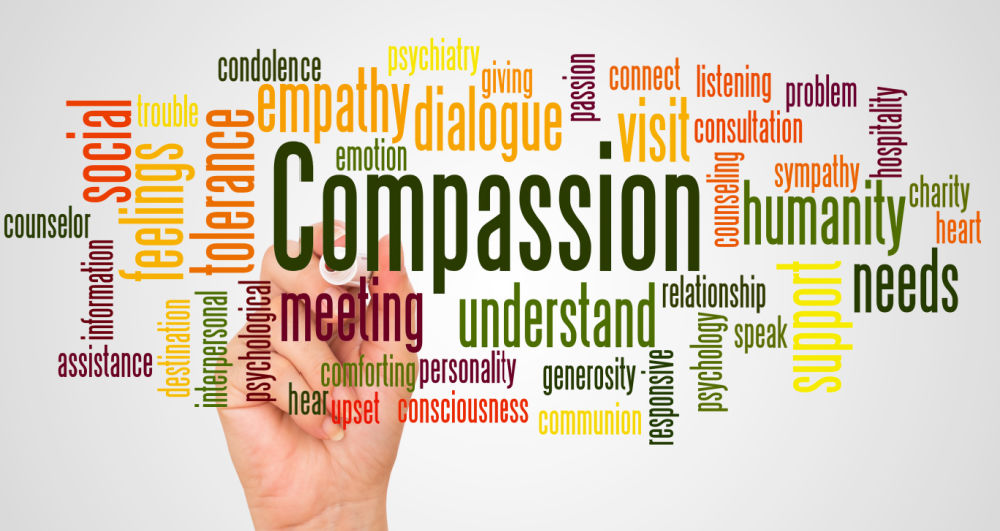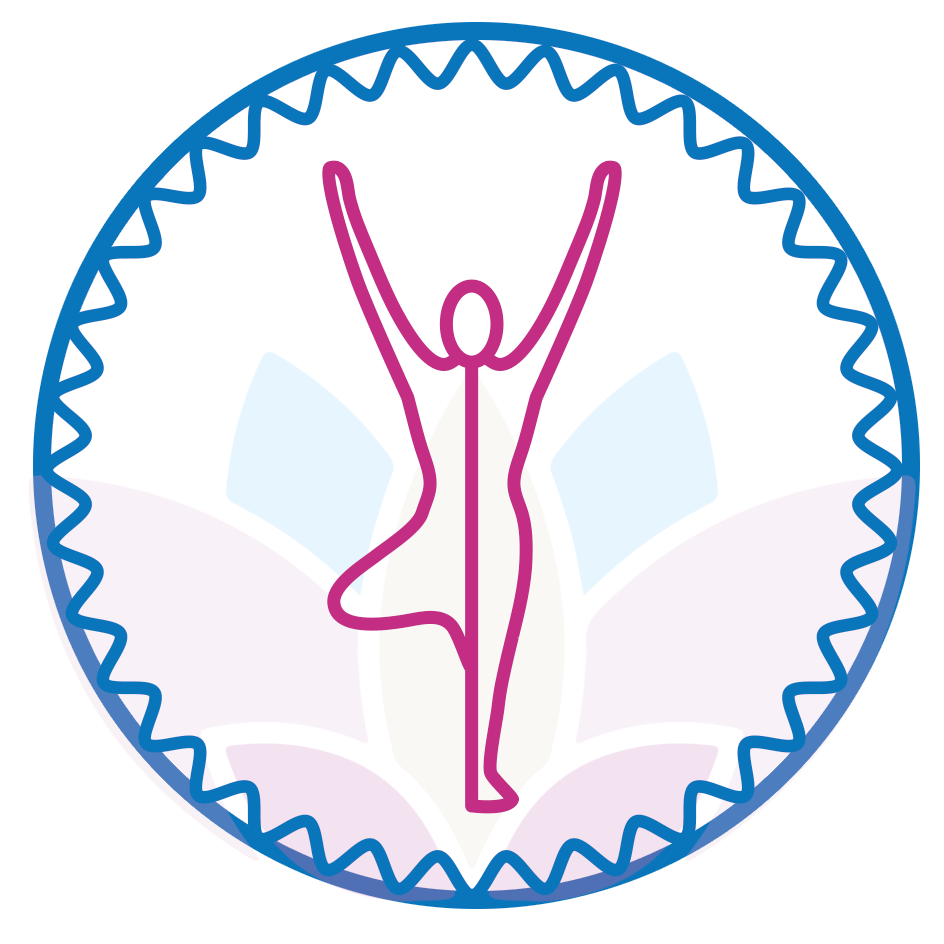
Compassion and Empathy are Not the Same!
In fact, empathy can cause more suffering in the person who is trying to help, whereas compassion can uplift both the caregiver and the care receiver. So, if the science is correct, then there is no such thing as “compassion fatigue”. What is more likely happening is what is called “empathy fatigue”. I did experience empathy fatigue when I was younger and did not how to emotionally self-regulate. In fact, I put so much heart and soul into teaching my students, that at the end of every school year, I always ended up sick for several weeks. I was emotionally and physically depleted from caring too much for my students. Over time, this overcare led to anxiety, gut issues, and ultimately, an autoimmune disease. I had to leave the classroom. I was burned out!
Ten years later, I have learned tools that allow me to be a compassionate person to my family, my clients and in fact, anyone suffering throughout the world including those affected by COVID, the war in Ukraine, and other crises. In fact, I am extremely compassionate toward plants, animals, and our planet, which are suffering as too many people fail to recognize our connection with nature. But as opposed to feeling down, angry, overwhelmed, taking a doomsday approach, or sticking my head in the sand, this healthy compassion is leading me toward putting my money where my mouth is. I support environmental causes and I act in a way that aligns with my feelings. Compassion is about action. I am also using my compassion to get along with those with whom I disagree. That is known as practicing compassionate latitude (read more here). In other words, opening oneself to a greater understanding to another’s suffering even if you are on the opposite side.

Fear is a Block to Compassion
According to Tara Brach, renowned Mindfulness teacher and researcher, compassion when practiced correctly allows us to widen our capacity for positive social behavior. This shift from a contracted “fear state” to a “socially-connected state” is rewarded “with feel-good chemicals that are released in our brain.” COMPASSION FEELS GOOD AND DOES GOOD!
So, what blocks us from feeling compassion for others more often? Our instinctual part of our brain and nervous system subconsciously inclines us to notice only the bad things – the “coverings over the gold” as Brach puts it. If you do not know the famous story about the golden statues that were covered by layers and layers of dirt because of fear that they would be stolen, you now get the picture. A big part of becoming a more compassionate person (which is good for your health and for everyone else around you) is to become aware of your own dirt covering your inner gold by turning compassion inward. “The more you attend to the goodness inside, the more you are at home and at ease, which allows you to trust others and see their gold,” Brach says. In other words, start with self-compassion.

Finding Self Compassion through the R.A.I.N. method!
Brach suggests a simple way to do this by using the R.A.I.N. method she has developed. Rain stands for Recognize what you are feeling, Allow the feeling, Investigate where you are feeling it (somatically in your body), and also Investigate what your beliefs are about this feeling, finally Nurture yourself by figuring out what you need in this very moment to shift into a more compassionate loving state. However, she adds, that the next step is just as important– spending time being present with whatever comes up during the entire process. In other words, don’t quickly move on. This process over time, allows us to see the goodness in others.
The goal of practicing these tools is to be able to shift compassion from a feeling state to a permanent trait. That is where neuroscience comes in. It takes a certain amount of time and practice for positive experiences, thoughts, and feelings to become imprinted and replace painful experiences and attitudes. Are you ready to commit to a purposeful practice of seeing the goodness in everyone’s heart including your own? Try out this HeartMath Heart Lock-In practice to activate compassion for yourself and others.
You can practice self-compassion daily by stopping and paying attention to how you talk to yourself and begin to notice judgments and fear preventing your inner light from shining through. Let me know if you need my help.
Namaste,
Andrea



